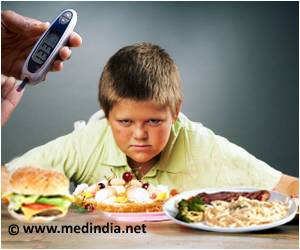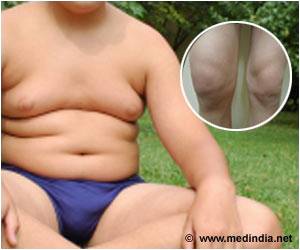
Michael Khoury, M.D., of the University of Toronto, and the Hospital for Sick Children, Ontario, Canada, and colleagues, analyzed data collected on a population of 14- and 15-year-old students in the Niagara Region, Ontario. Data were collected during the students'' mandatory physical education class and a total of 4,104 students participated, with 3,248 students submitting full data for inclusion in the analysis.
Overall, the authors found that the association between blood pressure, lipid profile, and measures of obesity (BMI alone, BMI/WC percentile and BMI/WHtR) were statistically significant, but the associations had limited strength and were similar using each measure of obesity. After adjusting for the child's age and sex, among overweight and obese adolescents, increasing WHtR categories corresponded with worsening lipid profile, with the greatest associations occurring in obese adolescents.
Obese adolescents also had increased odds of a higher degree of hypertension, and obese adolescents with increased WHtR had further increased odds of hypertension compared to those adolescents with more normal waist measures.
"In conclusion, waist measures serve to further specify lipid and blood pressure assessments in overweight and obese adolescents, with the greatest associations noted for obese adolescents," the authors write. "Waist measures appear to be important discriminating measurements when assessing lipid and blood pressure measurements in adolescents with high BMI and should be included when screening for cardiometabolic risk in overweight and obese adolescents."
Advertisement
Source-Newswise












